Search
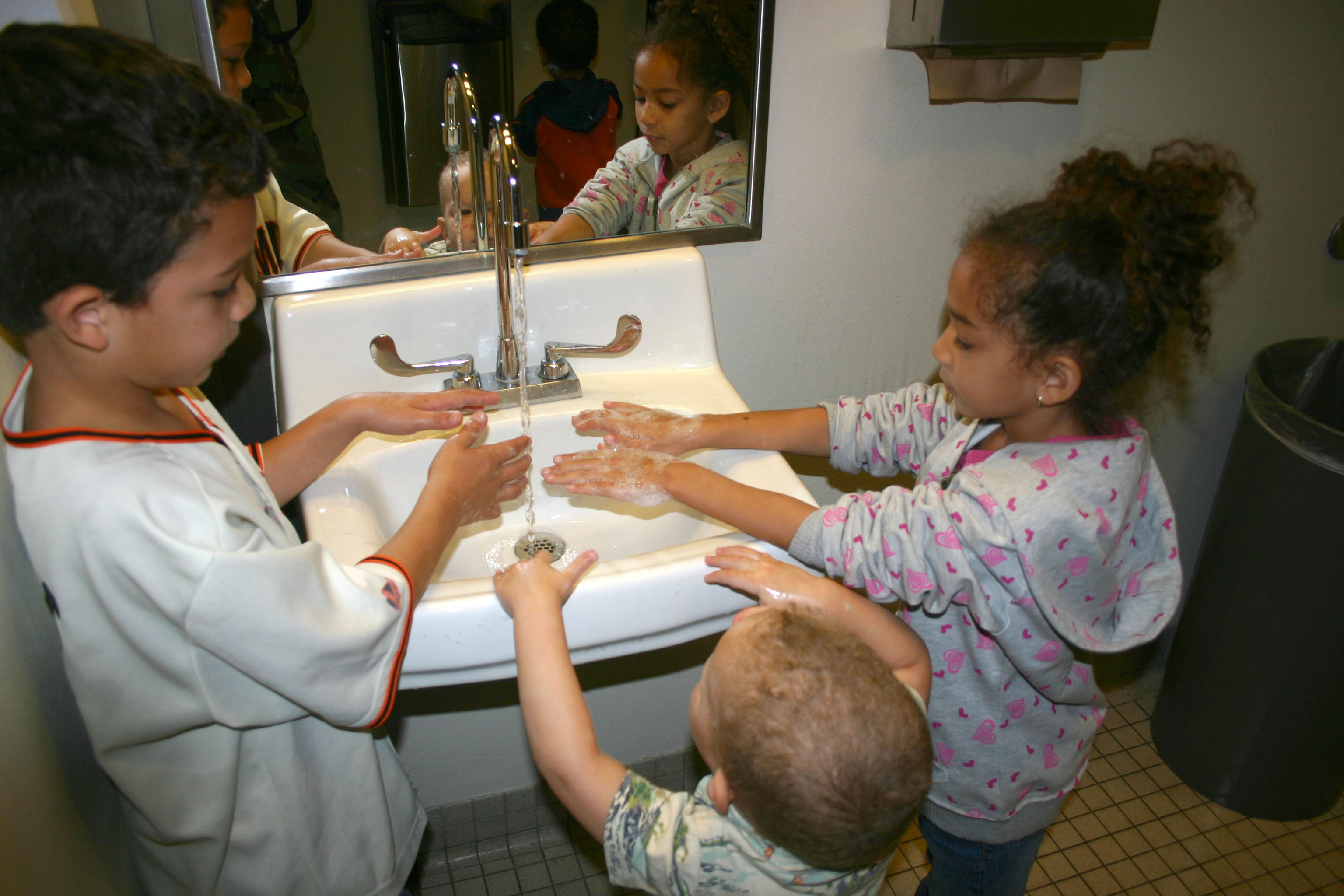
How to Talk to Your Kids About COVID-19
Parents, it is important to talk to your children about what COVID-19 is and why it is a pandemic so they understand the cancellations and changes in their daily routines. Here are some tips from the CDC to help you talk to your children and how much information to expose them to.
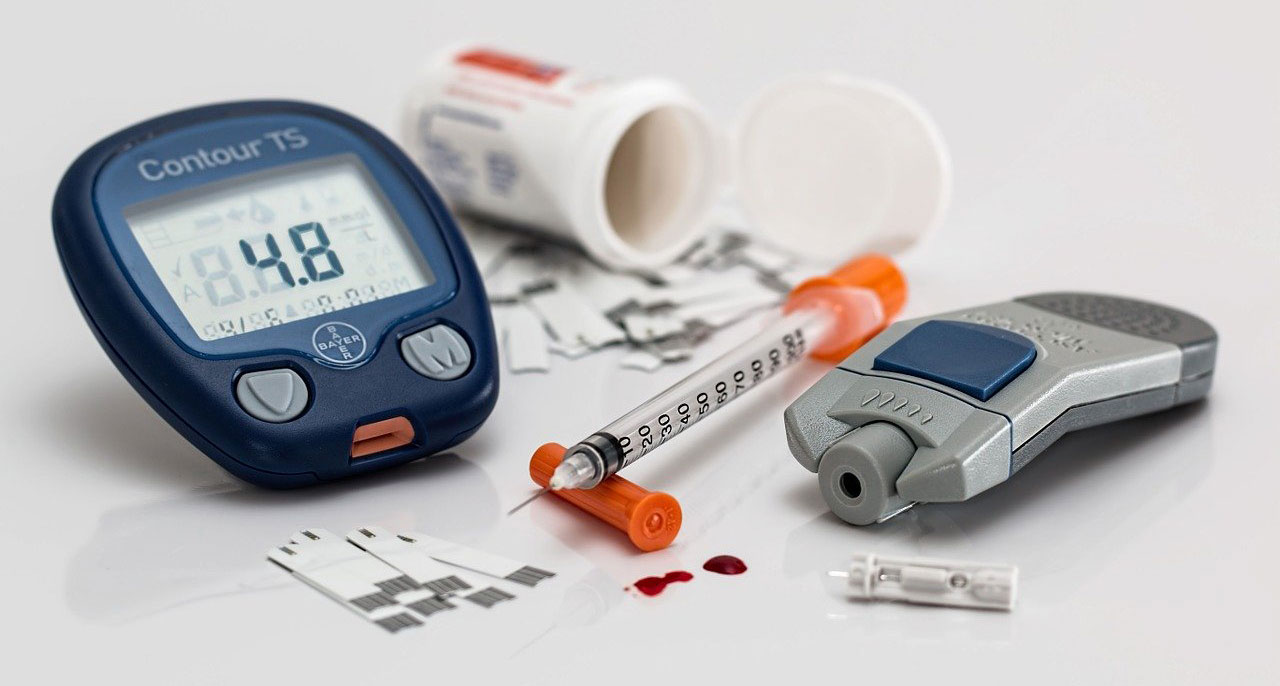
Diabetes and COVID-19
If you are at higher risk of contracting COVID-19, it is important to take actions to reduce your chance of getting sick. Those at higher risk, including older adults and people who have serious chronic medical conditions like heart disease, diabetes, and lung disease, are encouraged to get ready now!

Farm Practices That Improve Soil Health: Integrated Crop-Livestock Systems
An integrated crop-livestock system can provide an alternative management strategy that benefits producer’s income, soil health, and the environment—all while increasing production.

Choosing the Right Custom Feeding Partner
Custom cattle feeding can be a “win-win” strategy when done correctly. Feeding someone else’s cattle provides a method to market feedstuffs without tying up the capital required to own the livestock.
COVID-19 and Livestock: Is there a connection?
When reports of the COVID-19 pandemic first hit the US, very few people had likely heard of coronaviruses—with some notable exceptions: cattle producers and their veterinarians.
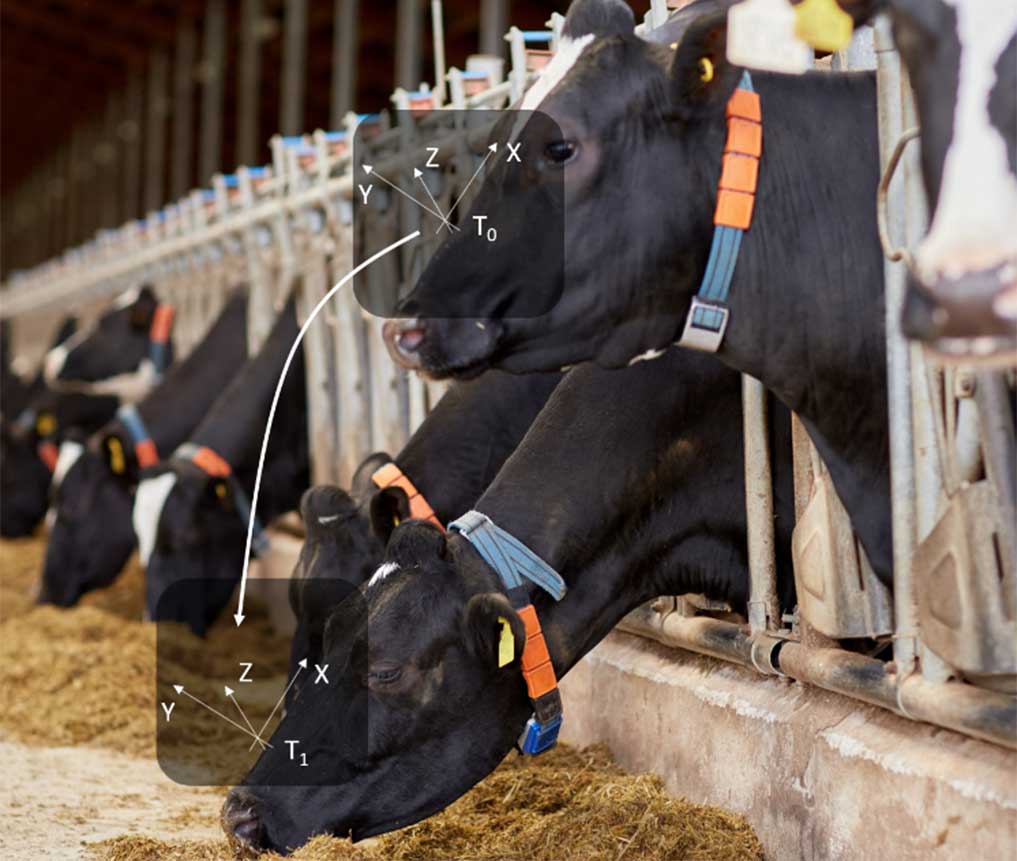
New Sensor Technology to Estimate Feed Intake in Lactating Dairy Cows
The use of sensor technology to advance the field of precision livestock farming is becoming more predominant in modernized dairy farms.
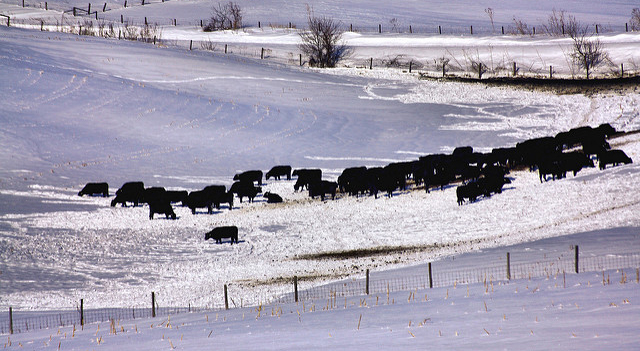
Nutritional Needs Prior to Calving
Nutrition during late gestation plays a large role on the future calf as well as the dam. It is during the last 60-90 days of gestation, or the pre-calving period, that impacts the calf’s survivability, long-term health and overall production.
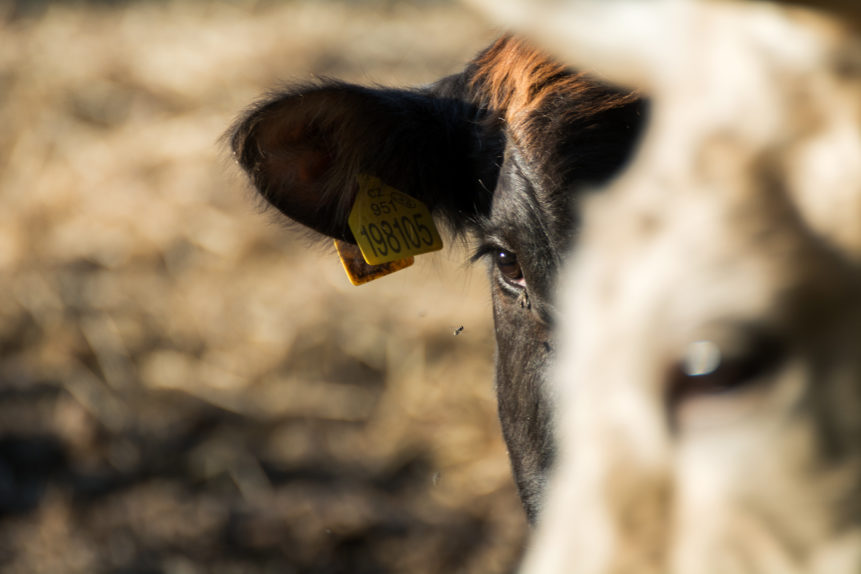
Testing Your Beef Cattle for Bovine Viral Diarrhea Virus
Bovine Viral Diarrhea Virus (BVDV) is among the most important pathogens affecting today’s beef and dairy cattle operations. Associated with reproductive, digestive, and respiratory illnesses in cattle, the virus can also create a congenital, persistent infection in calves, greatly aiding the virus’ spread within and between herds.
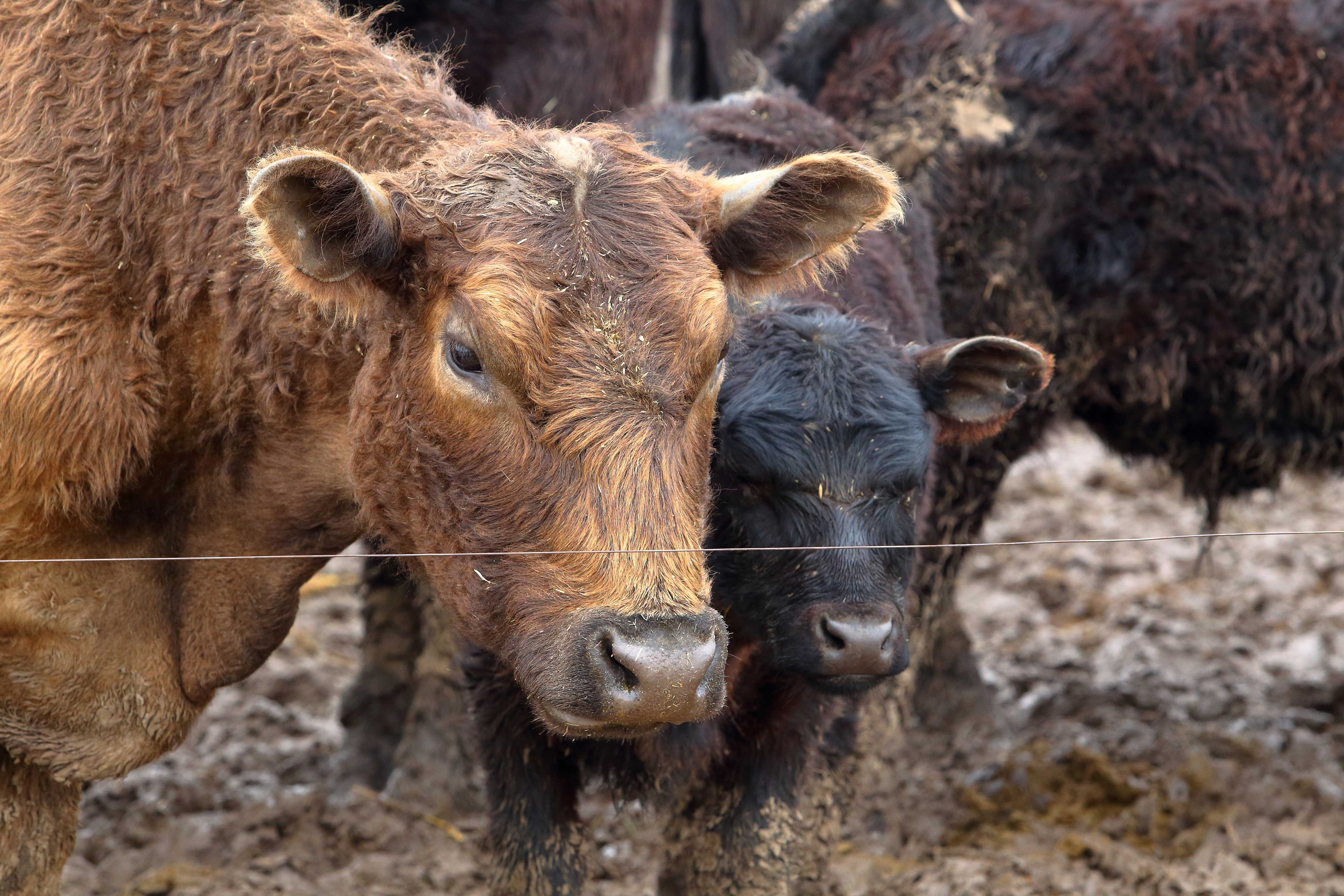
Notes From the ADRDL: Yersinia Infections in Beef Cattle
Of all the germs associated with cattle illnesses, a pathogen that’s not one of the usual suspects has been identified in several cases of cattle death losses in Eastern South Dakota.
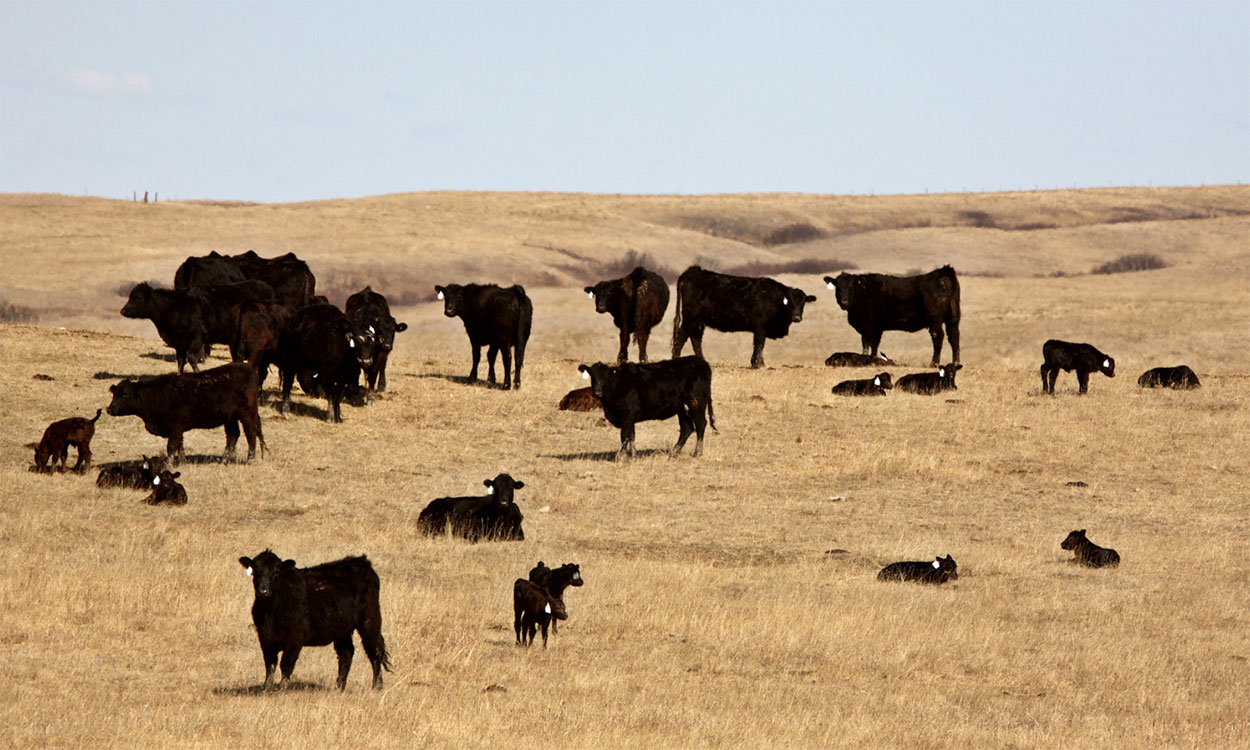
Selecting a Calving Season Based on Matching Nutritional Needs and Resources
Choosing the calving season is a complex and highly individual decision for each beef cattle producer. A primary consideration in pasture-based cow-calf operations is choosing a calving season that will best match the forage supply to forage demand.